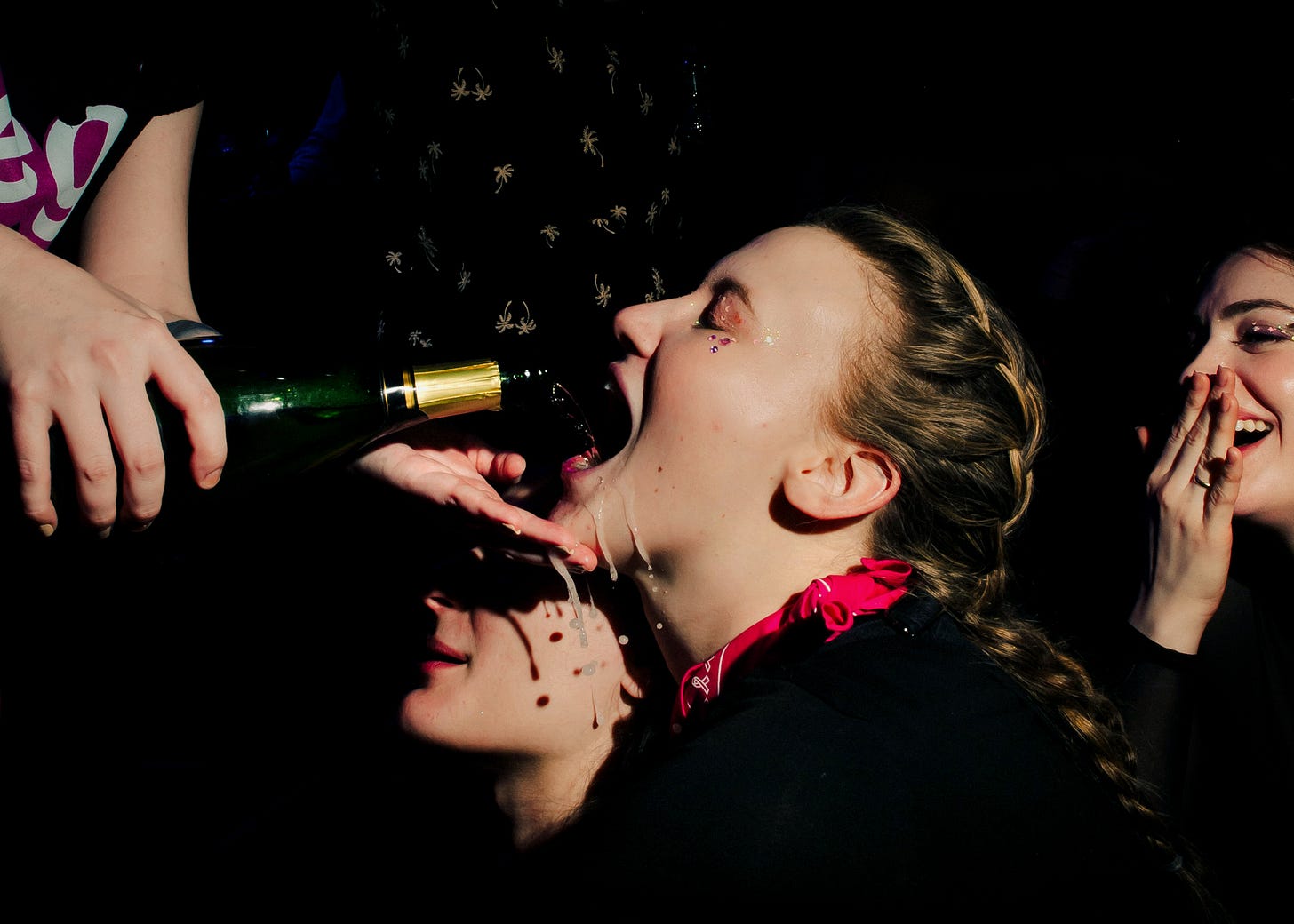How Photographing at Speed Rack Helped Answer the Question: Am I a Better Photographer Than I Was a Decade Ago?
And why Rick Rubin's "The Creative Act" is dubious advice for getting better.
In the Flash is a reader-supported publication about intent and creativity in photography. To join the conversation
I often question whether I am a better photographer now than I was a decade ago. Shooting at a speed rack competition last Monday for Wine Enthusiast helped me to articulate the answer.
This was my first time at an event like that, and I didn’t anticipate it would be such a demanding shoot. The speed of everything was manic — two contestants at a time making three cocktails in less than two minutes, screaming audience, flashing lights, loud music, and general pandemonium. I had to shoot behind the house photographer (who always has the right of way) on a small stage, which limited me to side angles. For the first two hours, I kept spinning in place, failing to take a single good photo. There were many technical issues — it was hard to focus, the off-camera flash held by an assistant (who couldn’t be on stage with me and had to light from below the stage) would miss the subjects, and I couldn’t figure out how to frame the angles I was given. I started shooting the competition at 5pm and managed to get the first decent photo around 7pm. Only towards the last few rounds did I find my groove, finally understanding how to extrapolate the visual layers from all the chaos. Almost every photo that made the edit was taken in the last forty-five minutes of a four-hour shoot.
While editing the photos, a progression in thinking was obvious as the photos went from wobbly to precise, almost as if two different photographers started and ended the shoot.
Here is a sample of the edit. Each row is an hour.


